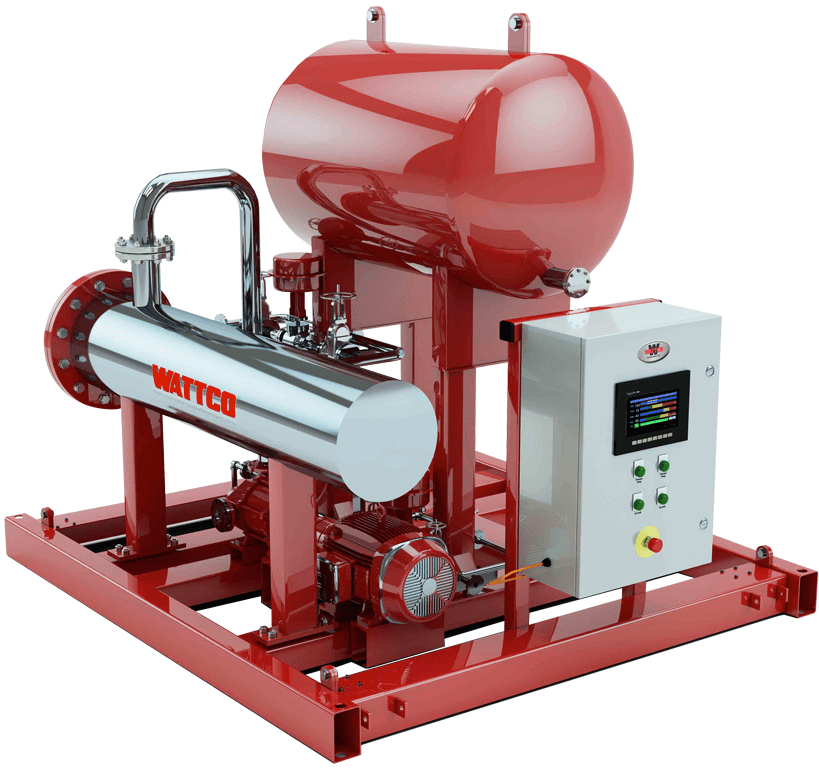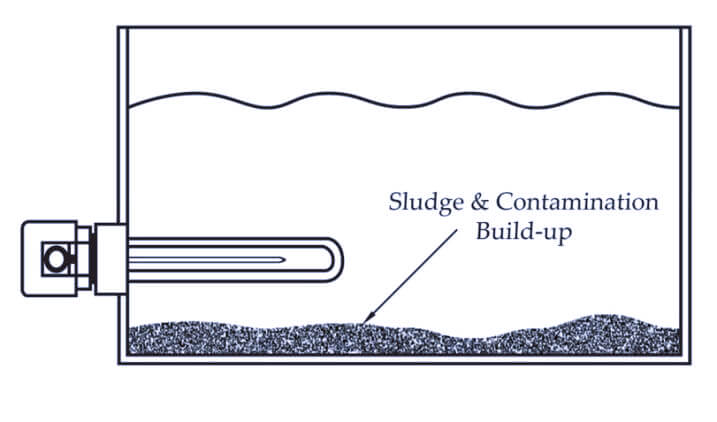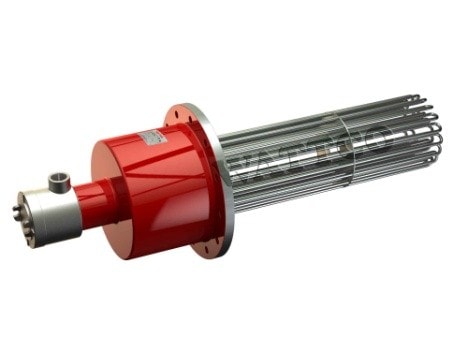Thermal Fluid Heater Maintenance Tips For Lifespan & Efficiency
Last updated on février 4th, 2019 at 03:27 pm
Thermal fluid heaters allow for the liquid heat transfer necessary in all sorts of applications from the biodiesel industry to wastewater treatment.
 They are an affordable and effective heating option available for indirect or direct heating. But to get the most value in lifespan and efficiency out of your thermal fluid heater it is important to follow routine maintenance.
They are an affordable and effective heating option available for indirect or direct heating. But to get the most value in lifespan and efficiency out of your thermal fluid heater it is important to follow routine maintenance.
The value of routine thermal heater maintenance
Even with indirect thermal fluid heating, there is wear and tear over time. Keeping up with routine maintenance helps maintain efficiency as well as reducing your repair and replacement costs.
 Sludge & contamination build-ups, loose connections, and other issues can reduce thermal heater efficiency. Performing regular maintenance checks and cleanings prevent these problems from occurring, or helps address them early so there is no chance for issues to escalate.
Sludge & contamination build-ups, loose connections, and other issues can reduce thermal heater efficiency. Performing regular maintenance checks and cleanings prevent these problems from occurring, or helps address them early so there is no chance for issues to escalate.
In addition to improving efficiency, this routine maintenance prevents damage from occurring or worsening. This means lower costs in repairs and replacements, as well as less downtime in production.
Anything that causes a thermal fluid heater to operate at lower efficiency makes the heater work harder. This can lead to premature damage and reduce the lifespan of your equipment. In addition to routine maintenance, you can look out for this by monitoring energy usage.
If the energy output is unusually high this is a likely sign of an issue, and it’s time to inspect your heater. Be aware of influencing factors such as weather. For instance, an outside application is likely going to require more energy in the winter, since it has to work harder to offset the cold temperature.
Inspections
Visual inspections are a valuable tool to prevent incipient heater issues and a key part of routine maintenance. In addition to routine maintenance, professional inspections are recommended on an annual basis. Hire a pro to inspect the unit to make sure everything is working properly.
In addition to inspecting the thermal fluid heater itself, they will also inspect the insulation and piping. Good insulation maintains efficient heater operations, reducing operational costs. Checking the pipes helps find weak spots or potential leaks before they become costly repairs or replacements.
Repairs VS Replacements: When is it better to replace?
When an issue is revealed you have the option to repair or replace. Common logic dictates that repairs are a less expensive option. However, there are situations where replacing units or parts is the better option.
When choosing between repair and replacement consider:
- Costs
- Value
- Time
Repair costs
 Repair costs can start to add up quickly, in some cases costing as much as ¾ the cost of a new thermal heater. Which really drives home the importance of routine heater maintenance.
Repair costs can start to add up quickly, in some cases costing as much as ¾ the cost of a new thermal heater. Which really drives home the importance of routine heater maintenance.
The more the repairs cost, the more sense purchasing a new unit makes. Especially if it’s an older heater that needs repairs more frequently.
Value
In addition to the cost of the repair, consider the value. Will a new thermal fluid heater result in greater long-term savings than repairing an older unit? Many old heaters do not offer the same efficiency of new ones – especially if they have been poorly maintained. A new unit is more reliable and has the advantages of the latest technology.
As well, if the old heater is powered by combustible fuel, consider an electric thermal fluid heater system. Electricity offers much better value.
- The operational costs are lower
- The unit lifespans are longer
- Repairs are less frequent
- They produce no emissions
Repair Time
Some repairs can take a long time. Complicated repairs or a need for custom parts can mean having production down for days, weeks, or more. Can your operation afford this kind of downtime? If you need a repair fast, sometimes the quickest solution is replacing the entire unit.
Why to Purchase Entire Thermal Fluid Heater Systems From A Single Manufacturer
Sometimes, people try to find the best deal by buying parts separately for their thermal fluid heating system, or their system gets the “Frankenstein” treatment from years of repairs and replacements.
The most effective industrial heater maintenance occurs when the system all comes from a single manufacturer. In addition to knowing that all the parts work together efficiently, it also allows for better support. You can get all your support from one manufacturer as well as making it easier for inspectors to accurately diagnose issues.
